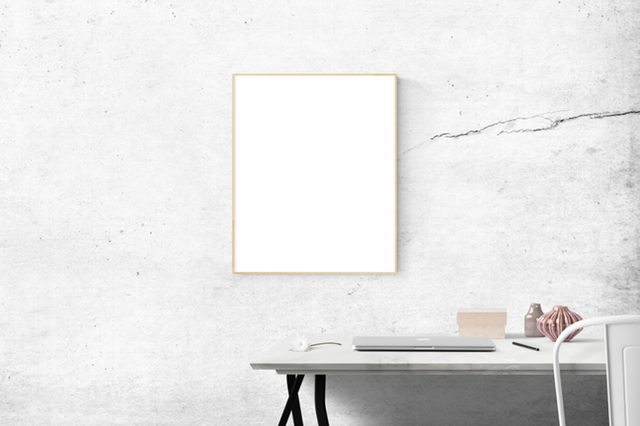The idea of minimalism was first conceived amidst the 20th Century and its ideology expanded through art, engineering, music and even through to writing and stage play scripting. It took the reductionist components of the Modernist development and concentrated on reducing everything down to its core: straightforward symmetrical structures in outline; black and white works of art; rehashed expressions in music.
‘Minimalism’ in interior decoration is basically about making a straightforward, wonderful, relaxing area that is peacefully decluttered and free of confusion, chaos and distractions that many design styles, in some context, rely on. The essential minimalism interior design standards incorporate:
- Decreasing the quantity of items of furniture in a space to the minimum items deemed necessary.
- Removing mess and clutter entirely – which for the most part, implies thinking of clever and innovative storage arrangements.
- Modest and conservative shading palettes – typically utilising soft and basic tones as the principle hues, with maybe a couple of strong highlight hues.
- Clear and simplistic floors – maybe a solitary carpet or rug as a fundamental centre of focus.
Any items, adornments or works of art ought to be displayed for a reason and purpose or to create a specific impression for viewers. Also, on the grounds that there are so few items to be utilised in a minimalist design style, choosing the correct pieces turns all the more vital.
What sort of art or decoration pieces go great together in a minimalist interior decor outline?
Obviously, any work of art you purchase ought to be something that you prefer on its own – yet to appear great on a specific wall it needs to blend with the different components in your space and with your decoration plot in general.
In a minimalist design you’ll for the most part when interior decorating need a sole, massive work of art on a generally exposed wall to give a point of convergence to the space.
There are different distinctive methodologies you can use for the particular art piece, from a unique painting in toned down hues to a striking, black and white photograph.
Listed below are four artists whose pieces are stunning, unique, really economical – and ideal for a minimalist interior decor.

1) Fintan Whelan
Fintan Whelan is an artist born in Dublin currently staying in Germany, who has shown his dynamic artistic creations all around Europe. We cherish the flowing, organic stream of his creations, implying seas or icebergs or maybe even volcanic magma.
Fintan mixes hues and fabrics – shades, enamels and oils– implying that the light and surface shifts as your eye scours along the canvas.
His bigger canvases would appear completely striking on a generally stripped wall and in a pale grey or white shading palette.
2) Nadia Attura
Nadia Attura, an artistic photographer based in London creates striking pictures by superimposing different photos together, producing a feeling of whimsical hyperrealism.
Her sceneries, like the wilderness pictures, would be splendid at emphasising hues to a minimalist space, and we likewise adore her stunning, uncommon still life creations.
3) Don Bishop
A craftsman from Portland, Oregon, Don Bishop, his pieces appear to lessen the Northwest American landscape to their core of light and hues, bringing about artworks that are impressionist, verging on dynamic. They are stratified yet straightforward and would work brilliantly in a minimalist decor scheme.
4) Ellie Cryer
Ellie Cryer an artisan based in Bristol has a wide range of eccentric illustrations and compositional phenomenon in her Artfinder store, however we especially adore these unique acrylic artworks of feathered creatures.
Once more, her blue or rose winged creatures would be an ideal method to include a sprinkle of highlight hues into a minimalist interior design.

